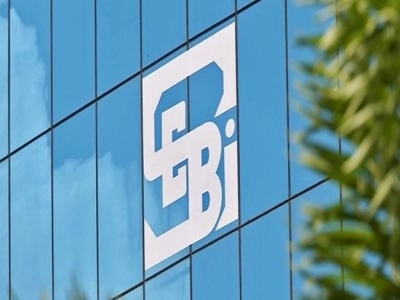In its board meeting held on Tuesday, SEBI has introduced two new investing instruments – electronic gold and silver ETFs. The regulator has also tweaked existing norms on PMS and AIFs.
Let us look at key highlights of the board meeting:
Electronic Gold Receipt (EGR)
SEBI has designed a framework wherein gold will be traded in the form of 'Electronic Gold Receipt' (EGR) at stock exchanges. SEBI said the move will create a vibrant gold ecosystem in India. "Gold Exchange would be a national platform for buying and selling EGRs with underlying standardized gold in India and also create a national pricing structure for gold," it said.
Currently, India allows trading only in gold futures, unlike China and several other countries which have spot exchanges.
The process of trading will be the same as that prevalent for all other securities in the market. The regulator has put the onus of deciding the denomination for trading and conversion of EGR into gold on stock exchanges.
The regulator said EGR investors will be free to withdraw the underlying gold whenever they want. "To lower the costs associated with withdrawal of gold from the vaults, EGRs will be made ‘fungible’ and ‘inter-operability between Vault Managers’ will be allowed," SEBI said in a press release.
‘Vault Managers' will be SEBI regulated entities. Any Indian corporation with a net worth of over Rs 50 crore can apply to become a vault manager. Their functions include accepting deposits, storage and safekeeping of gold, creation of EGR, withdrawal of gold, grievance redressal among others.
Silver ETFs
The market regulator has introduced silver ETFs. It will be in line with exiting gold ETFs regulatory mechanism. That means, fund houses will be able to offer silver ETFs soon.
Investor charter
Security market investors will soon be able to get all relevant information about capital market products like stocks, mutual funds and PMS at one place. They will be able to lodge complaints, get details on rules and regulations and other relevant information on investor charter website.
Calculation method in Category III AIFs
Category III AIFs will have to check concentration norms i.e. exposure to single securities or sectors based on its NAV. So far, it was calculated on the basis of investable funds or commitment raised. This will bring Category III AIFs in line with mutual funds.
Co-investment in AIFs through PMS
PMSs offering co-investment services to invest in AIFs will be exempt from meeting minimum investment amount and net worth requirements.
Getting business license from SEBI gets tough
SEBI has revised criteria for determining ‘Fit and proper Person’ to become security market intermediaries. With this, applicants must have infrastructure, manpower requirements, financial soundness and meet the applicable net worth requirement beforehand.
The market regulator will also take into account factors such as past defaults, legal offense and so on before granting fit and proper status.




